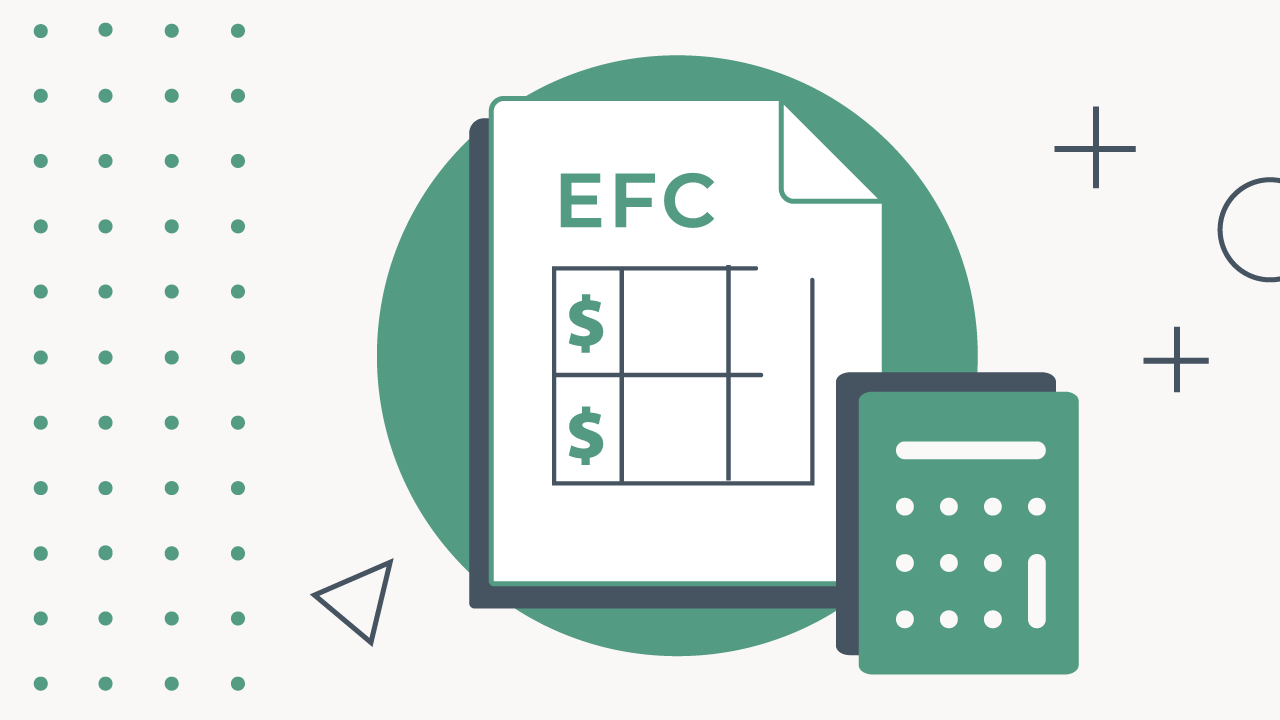
At The College Investor, we want to help you navigate your finances. To do this, many or all of the products featured here may be from our partners who compensate us. This doesn't influence our evaluations or reviews. Our opinions are our own. Any investing information provided on this page is for educational purposes only. The College Investor does not offer investment advisor or brokerage services, nor does it recommend buying or selling particular stocks, securities, or other investments. Learn more here.Advertiser Disclosure
There are thousands of financial products and services out there, and we believe in helping you understand which is best for you, how it works, and will it actually help you achieve your financial goals. We're proud of our content and guidance, and the information we provide is objective, independent, and free.
But we do have to make money to pay our team and keep this website running! Our partners compensate us. TheCollegeInvestor.com has an advertising relationship with some or all of the offers included on this page, which may impact how, where, and in what order products and services may appear. The College Investor does not include all companies or offers available in the marketplace. And our partners can never pay us to guarantee favorable reviews (or even pay for a review of their product to begin with).
For more information and a complete list of our advertising partners, please check out our full Advertising Disclosure. TheCollegeInvestor.com strives to keep its information accurate and up to date. The information in our reviews could be different from what you find when visiting a financial institution, service provider or a specific product's website. All products and services are presented without warranty.

The Student Aid Index (SAI) will now replace the Expected Family Contribution (EFC) when calculating financial aid needs for families paying for college. This is the key formula that can help unlock scholarships, grants, federal student loans and other financial aid.
Both are calculated through formulas with information derived from the FAFSA form. The big reason behind the change is to create a better reflection on the true cost of colleges.
The formula is simple: cost of attendance (COA) minus Student Aid Index (SAI) and other financial assistance equals eligibility for need-based financial aid. But it's never simple.
In the past, many families have interpreted the EFC as the total cost that they will be expected to pay. However, many face higher costs because colleges don’t meet the full need of students or include loans as a part of the financial aid package.
The new term, Student Aid Index, can't erase the feelings that parents face when confronted with the costs of higher education. But it may allow parents and students paying for college to approach the financial challenge with fewer perceived expectations. With a more general term, parents may not feel solely responsible for funding their child’s higher education.